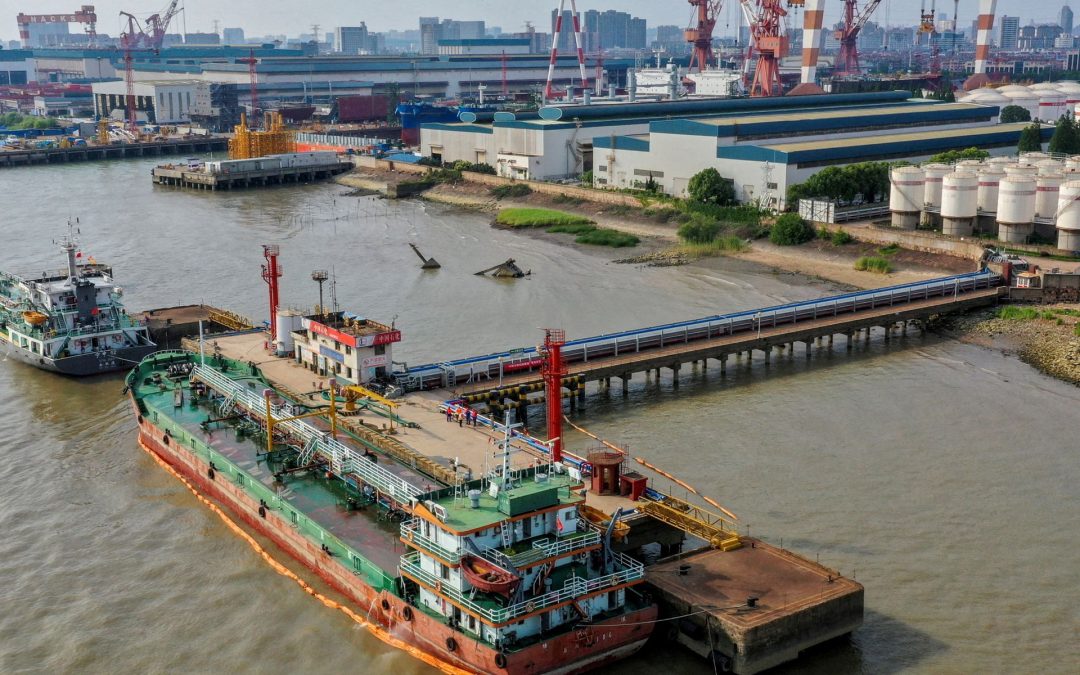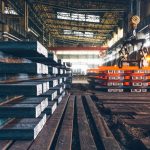According to industry sources, on the 18th, HD Hyundai Marine Solutions, a subsidiary of HD Hyundai, secured its first project to convert an aging LNG carrier into a Floating Storage Unit (FSU). The $30 million project, commissioned by a European shipping company, marks a significant milestone for the company since its establishment.
The project involves converting a 20-year-old, 138,000㎥ LNG carrier into an FSU, which is expected to supply LNG to nearby thermal power plants in Central America by the first half of 2025. This conversion is a technical achievement and a strategic move for HD Hyundai, as the company plans to use this order as a steppingstone to expand its business into LNG-FSRU (Floating Storage Regasification Unit) conversions. FSUs and FSRUs are critical components in the LNG supply chain, storing liquefied natural gas offshore and supplying it to land through pipelines. FSRUs are also equipped to regasify the LNG.
Samsung Heavy Industries is also eyeing the aging LNG carrier conversion market. The company is examining the feasibility of expanding its aftermarket business to include the repair and conversion of all types of vessels, including LNG carriers. Samsung Heavy Industries has already secured more than half of the global orders for Floating LNG (FLNG) facilities, which store and drill for natural gas underwater. However, the Samsung Heavy Industries’ Geoje shipyard docks are currently at full capacity, potentially necessitating additional production facilities if the company decides to enter this market.
Several factors drive the interest in converting aging LNG carriers. Natural gas is considered more environmentally friendly than oil or coal, and demand for LNG is expected to continue rising, particularly in developing countries. According to Shell, the world’s largest LNG supplier, global LNG demand is projected to increase by about 50%, from 404 million tons in 2023 to up to 685 million tons by 2040. Shell forecasts that industrial demand in China and economic growth in Southeast Asia will be significant drivers of this demand.
The economic benefits of conversions compared to new constructions are also compelling. While constructing a conventional LNG offshore plant typically takes about 3-4 years, converting an aging LNG carrier to an FSU can be completed in as little as one year. This time efficiency, coupled with the recent wave of eco-friendly initiatives leading to the construction of numerous LNG carriers, indicates a high potential for conversion demand. Additionally, the increase in demand for transporting LNG offshore due to geopolitical instability is seen as a positive factor.
As the project progresses, HD Hyundai Marine Solutions is poised to leverage its expertise and expand its footprint in the LNG-FSRU conversion market. The company’s strategic move aligns with broader industry trends and positions it well to capitalize on the anticipated growth in global LNG demand.
Source: CSN Shipping News





